At first glance, floating shelves seem like a simple design choice – a sleek, space-saving solution that fits...
- There are no more items in your cart
- Shipping
- Total £0.00

7 Things you probably didn’t know about wooden shelves
We often think of shelves as simple, practical pieces of furniture. Flat surfaces meant to hold our books, candles, and favorite ceramic mugs. But take a step back, and you’ll see that wooden shelves do much more than support your things. They organize our homes, frame the objects we care about, and quietly shape the way we live in a space. At Chill House, we build shelves by hand using real wood, and in doing so, we’ve come to appreciate how much history, craft, and personality can be found in such a seemingly humble object. Whether it’s a raw-edged slab mounted above your bed or a floating shelf in your kitchen, every shelf has a story. And believe it or not, some of those stories might surprise you. In this post, we’re diving into seven little-known facts about wooden shelves. Where they came from, how they’ve evolved, and why they continue to matter in modern design. Ready to see shelves in a new light?
Table of contents
- Shelves are older than you think
- The first floating shelves weren’t actually floating
- Shelves changed the way we organize our lives
- Bookshelves weren’t originally for books
- Live edge shelving celebrates Iimperfections
- Shelf styling is now an interior design niche
- A shelf can change how a room feels
- Final thoughts
Shelves are older than you think
Wooden shelving might feel like a modern design element, but the concept of horizontal storage mounted on a wall goes back thousands of years. Archaeological findings have revealed evidence of shelf-like structures used by ancient Egyptians in both domestic and ceremonial contexts. These early versions of shelves, often carved directly into stone walls or constructed from rudimentary wood planks, held objects of value and daily tools. The purpose was the same as today which is creating accessible and organized spaces within the home. What started as a simple solution for storage has evolved into a defining feature of how we style our interiors.
The first floating shelves weren’t actually floating
Floating shelves with their clean lines and invisible brackets are often considered a hallmark of contemporary design. However, the concept has roots in older woodworking techniques that involved building supports directly into wall paneling or cabinetry. These early hidden support shelves relied on precise joinery to give the illusion of floating especially in traditional libraries or old-world apothecaries. The modern version we know today gained traction in the mid-20th century alongside minimalist design movements where simplicity and function became central. Thanks to advancements in mounting hardware we can now achieve that clean bracket-free look more easily and safely than ever before.
Shelves changed the way we organize our lives
Before the rise of wall shelving most items in the home were stored in chests cabinets or directly on the floor. The introduction of shelves created a vertical system for organization that transformed how people interacted with their belongings. Suddenly items could be sorted displayed and accessed by category making spaces more efficient and visually harmonious. In homes this meant more functional kitchens and living areas. In public spaces it laid the groundwork for the development of libraries shops and archives. Shelves did not just save space. They redefined how space was used.
Bookshelves weren’t originally for books
It might be hard to imagine now but bookshelves haven’t always been associated with literature. For centuries books were rare and expensive often stored in locked chests or kept behind closed doors. Early shelving systems were used more for storing jars tools fabrics or ingredients in kitchens and workshops. The concept of open shelving for books emerged gradually with the spread of literacy and the invention of the printing press. Over time the bookshelf became a staple of the home not only as a storage solution but also as a visual indicator of knowledge taste and even status.
Live edge shelving celebrates imperfections
Live edge shelves are cut to retain the natural shape of the tree from which they came. This means the edge is often curved or irregular showing knots grain shifts and textures that tell the story of the wood’s life. Instead of sanding away these features live edge designs highlight them. In a world where mass-produced items are made to look identical this type of shelving offers something truly unique. No two live edge shelves are ever exactly the same. Each piece becomes a statement and an invitation to bring a more organic grounded feeling into your home.
Shelf styling is now an interior design niche
Styling a shelf may seem like a small task but it has become a recognized area within interior design. The rise of social media has only increased interest in what’s sometimes called shelf-scaping which is the art of arranging objects on a shelf in a way that is balanced personal and visually appealing. Shelf stylists are hired to design displays in retail stores hotels and private homes. They use a mix of textures heights materials and negative space to create looks that feel curated but lived-in. You don’t need to be a professional to do it. Just a few simple rules and a bit of creativity can make your shelf look like it belongs in a magazine.
A shelf can change how a room feels
Though it may seem like a minor detail in interior planning a shelf has the power to transform a space. Strategically placed shelves can draw the eye upward making ceilings appear higher. They can break up empty walls add symmetry or anchor a piece of furniture like a sofa or bed. A warm wooden shelf adds texture and depth to a minimalist room while a live edge shelf can introduce movement and contrast to a structured space. In small homes or apartments a well-chosen shelf not only saves space but also becomes a platform for self-expression.
Final thoughts
Shelves are often overlooked in interior design but they carry both function and meaning. From ancient storage solutions to modern design statements they’ve shaped the way we live decorate and display what we care about. At Chill House we believe that the best shelves are more than just wooden planks. They are intentional details that bring calm order and character into your space. Whether you prefer a clean floating shelf or the raw beauty of a live edge piece your shelf isn’t just a product. It’s part of your story.

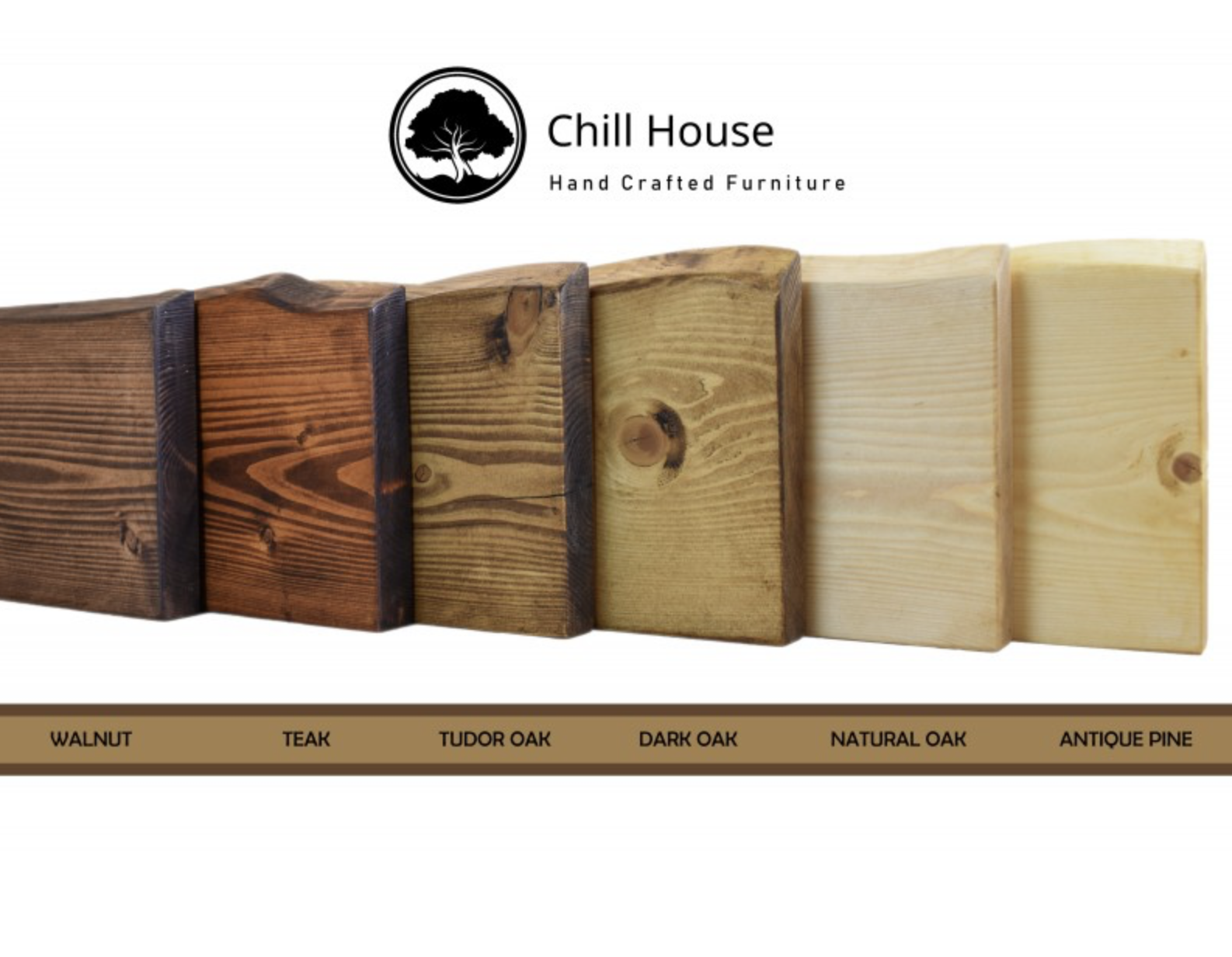
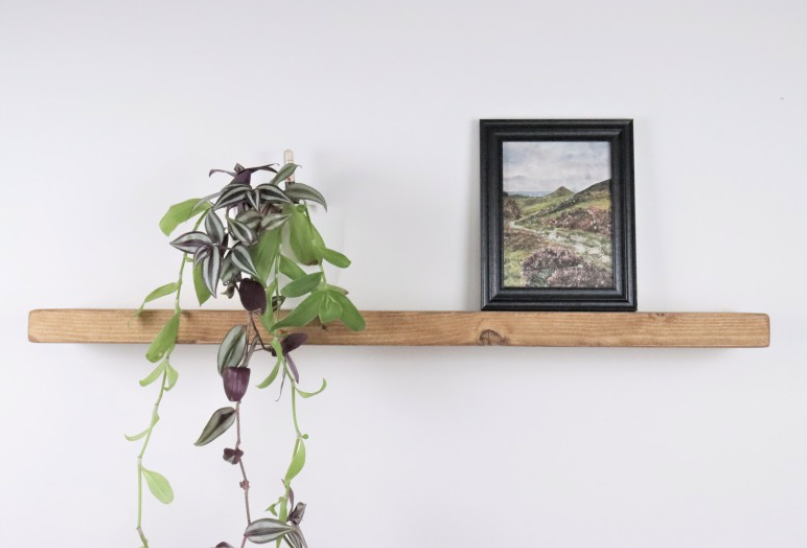
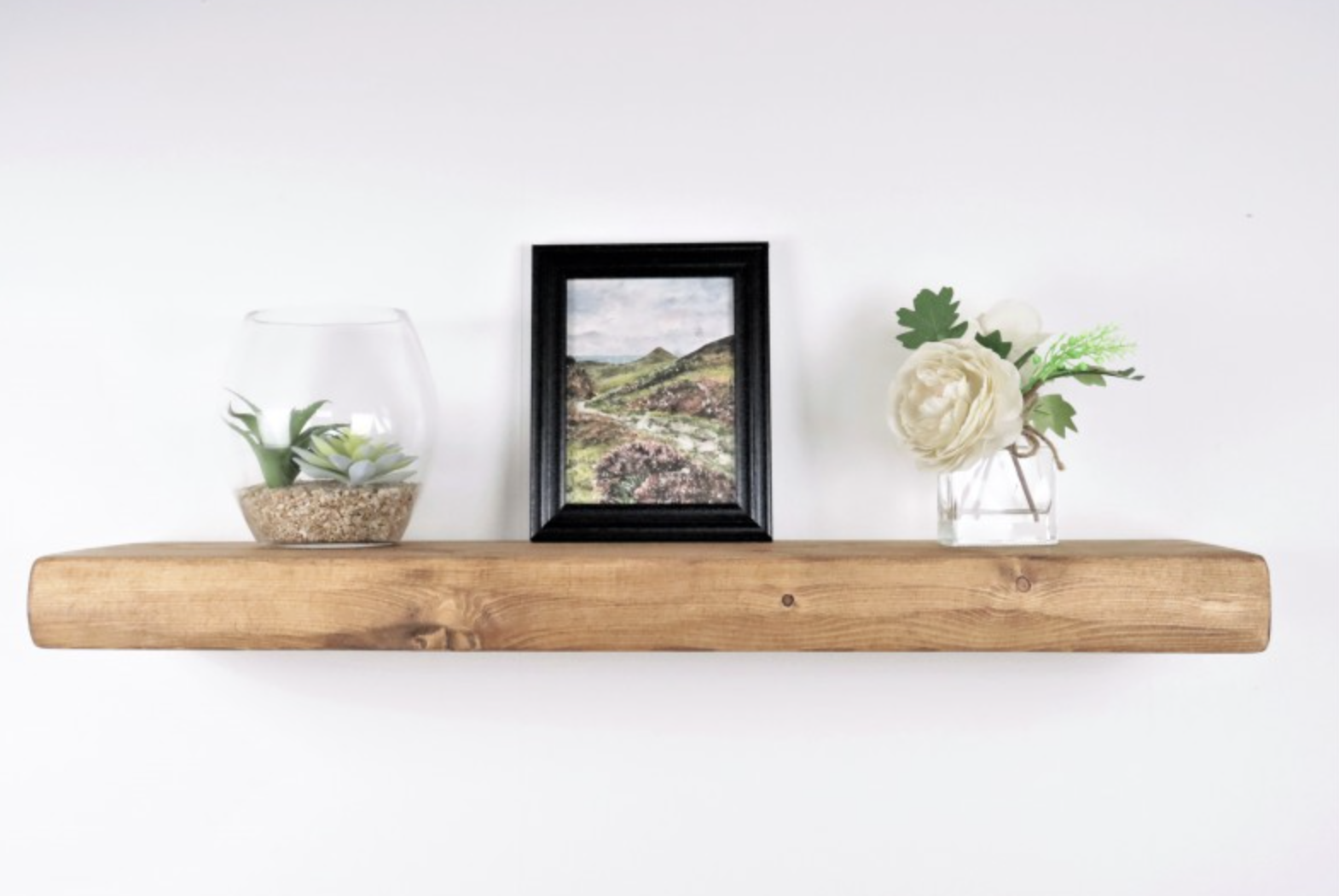
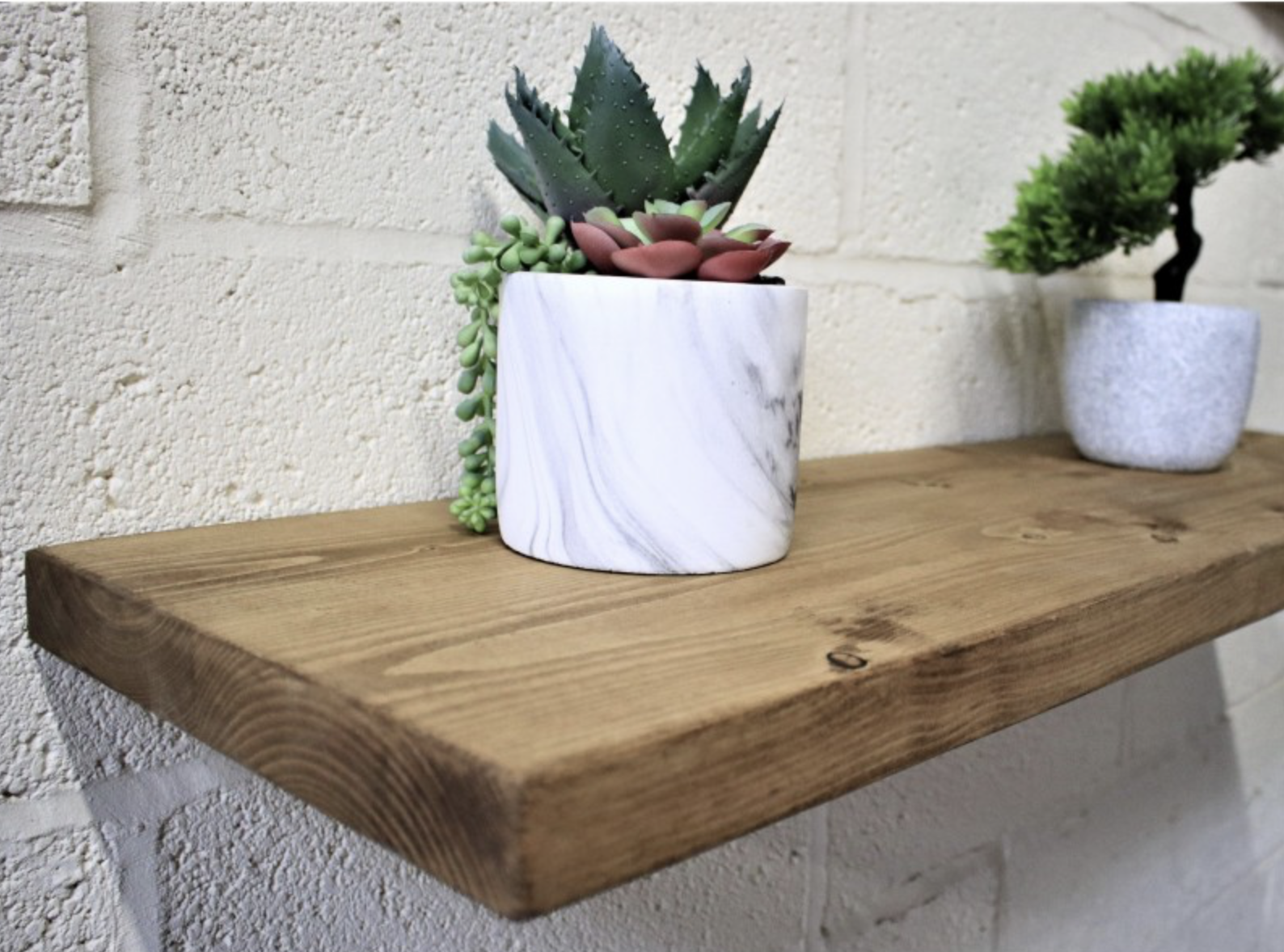
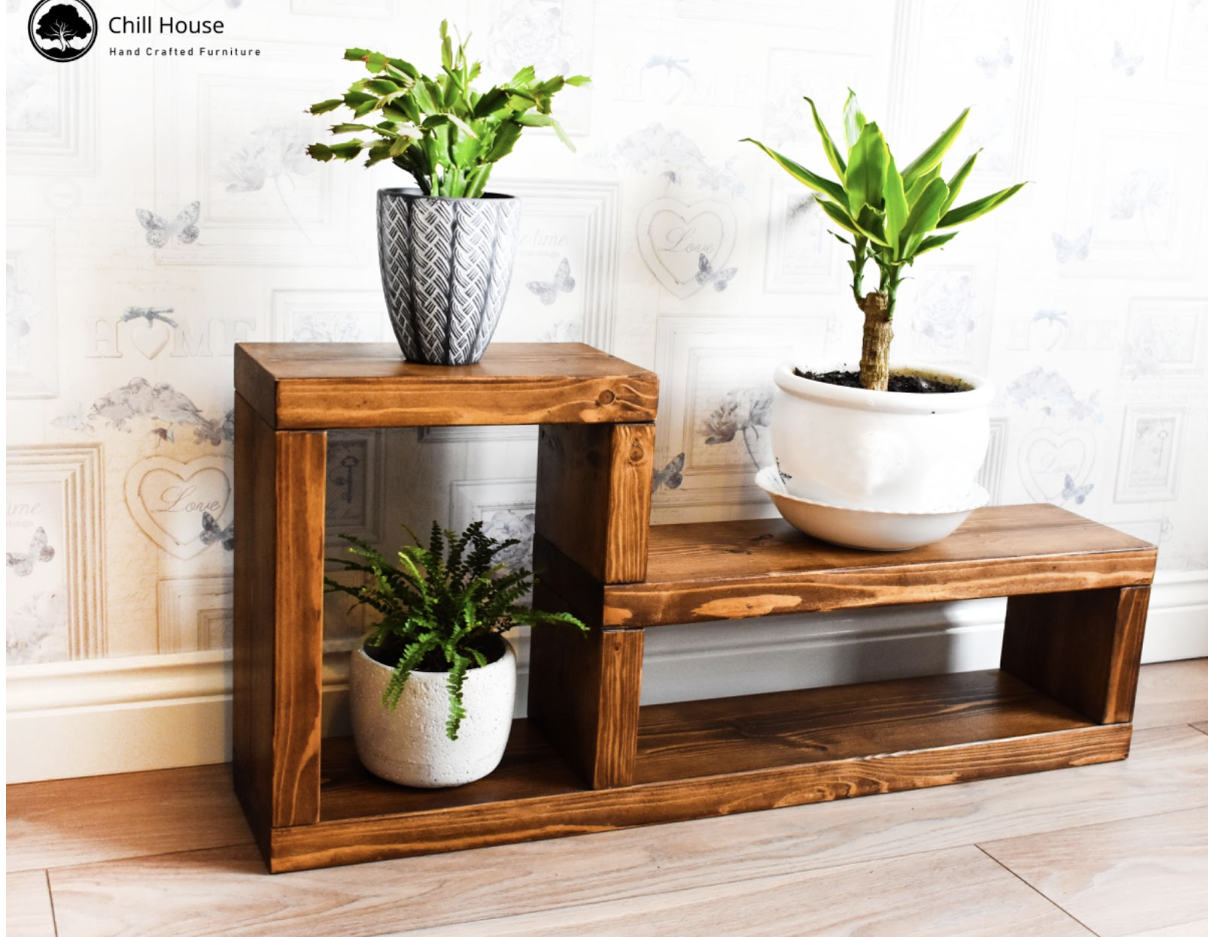
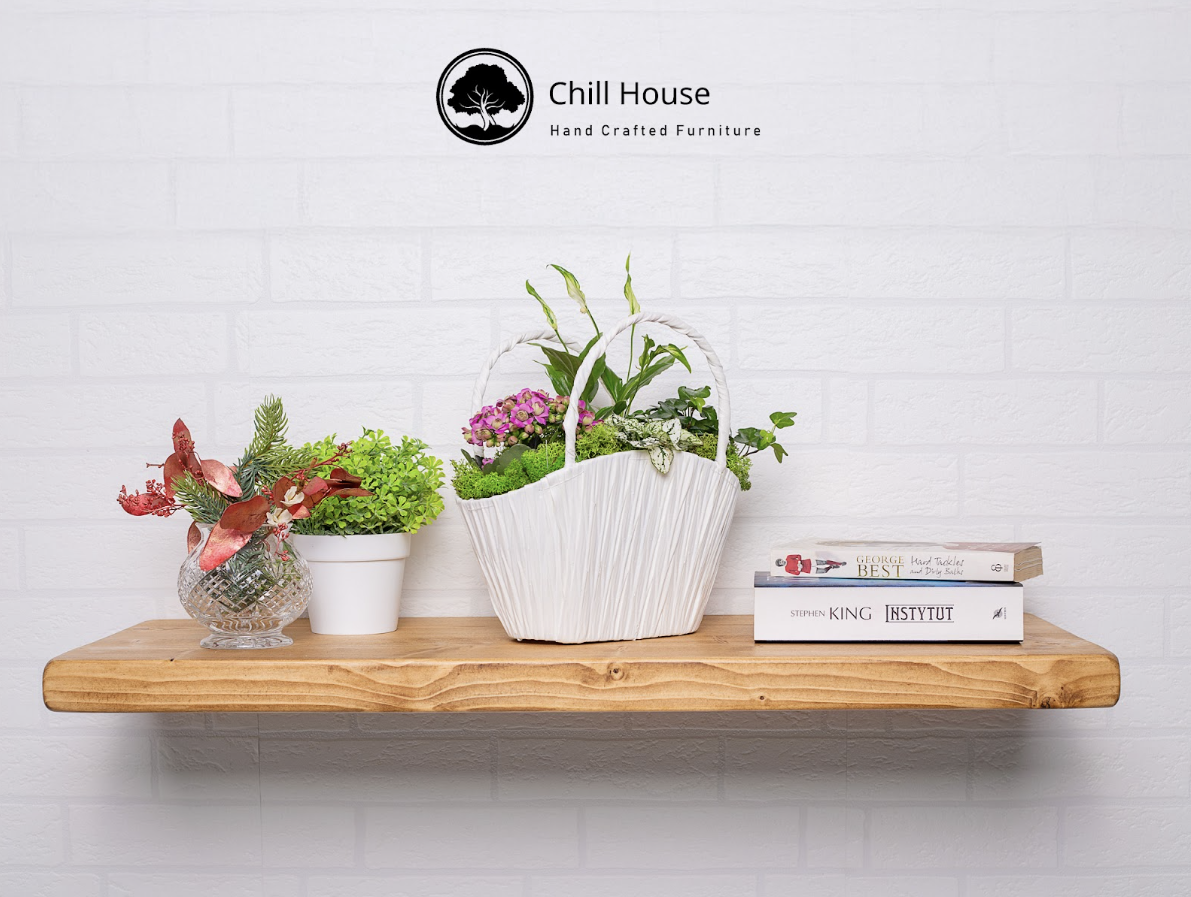


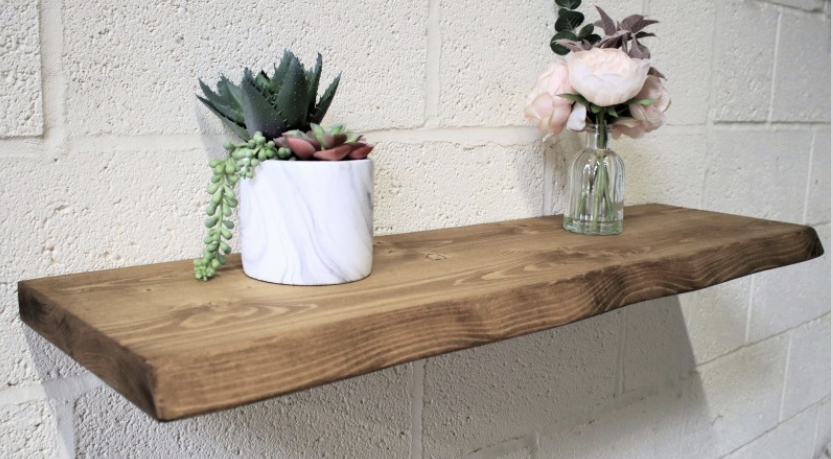
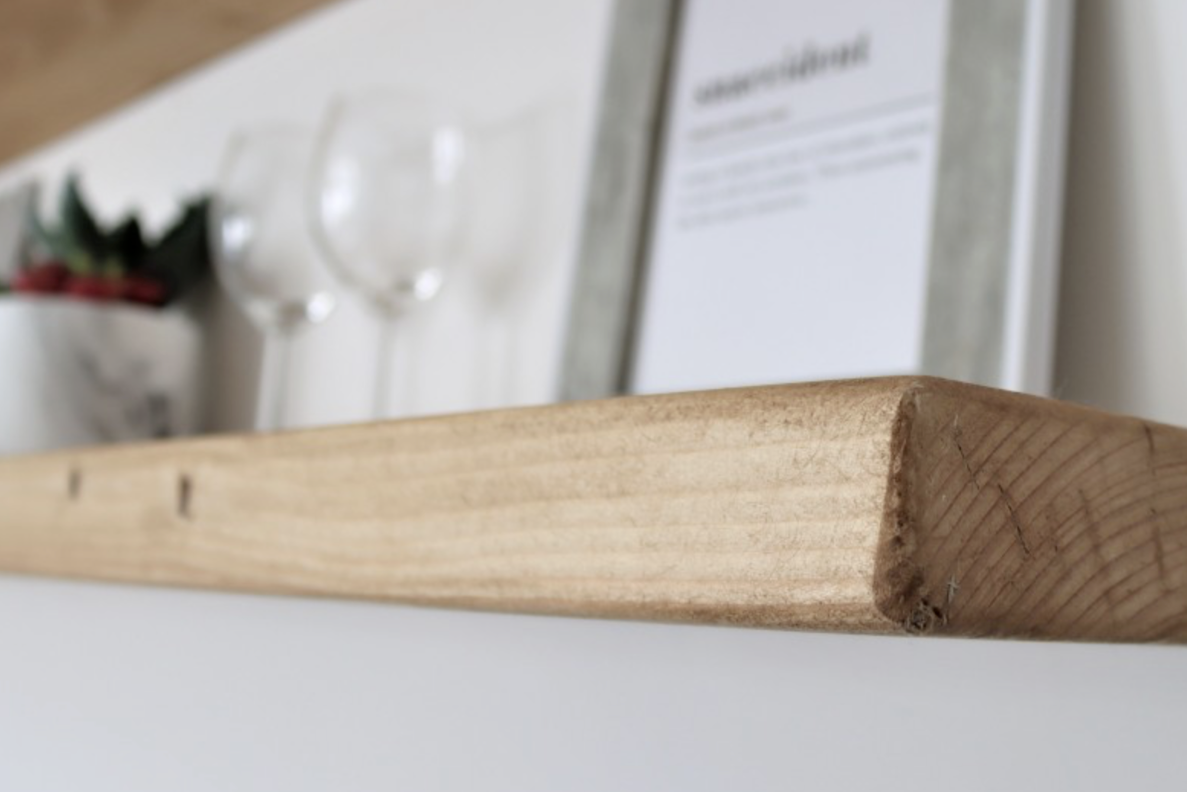





Leave a comment